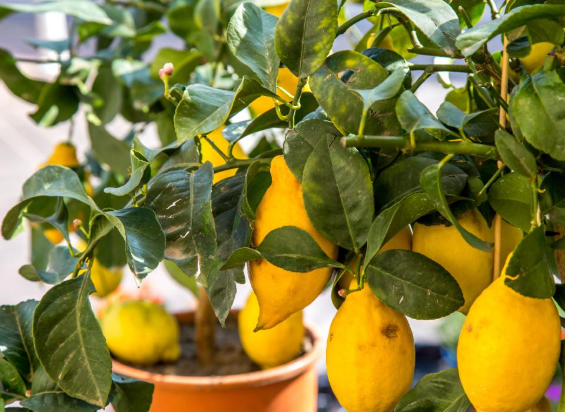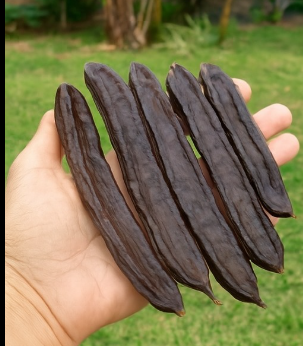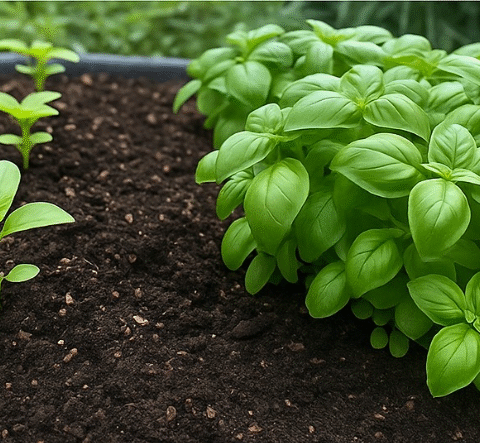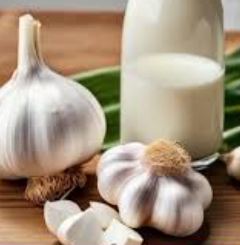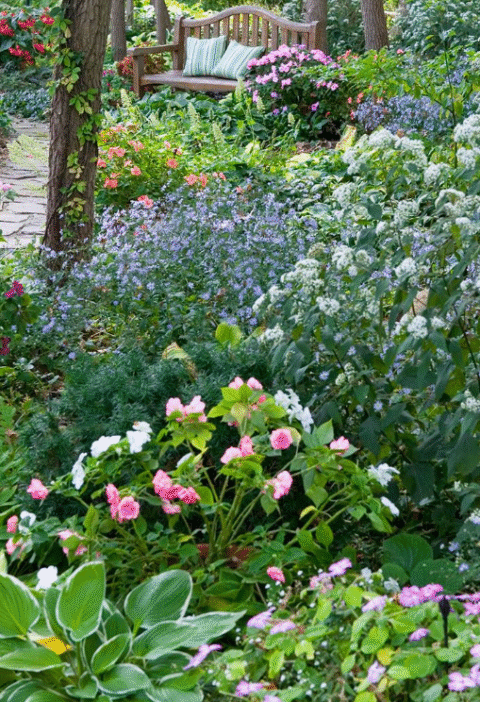How to Grow a Lemon Tree in a Pot: A Step‑by‑Step Guide to Fresh, Homegrown Lemons
If you’re tired of buying lemons from the store, it’s time to take matters into your own hands. Growing your own lemon tree in a container is simpler than you think and rewards you with fresh, chemical-free lemons right at home—whether on a balcony, garden, or sunny windowsill.
Why Grow Your Own Lemons?
- Freshness Guaranteed: Delicious, organic lemons straight from your tree.
- Save Money: Harvest lemons year‑round and reduce grocery trips.
- Eco‑Friendly: Less packaging and a smaller carbon footprint.
- Beauty & Aroma: Glossy foliage, fragrant blossoms, and vibrant fruit.
Best Varieties for Containers
- Meyer Lemon: Sweet, less acidic, compact size ideal for pots :contentReference[oaicite:1]{index=1}
- Eureka or Lisbon: Classic lemons, great for warmer climates or large containers :contentReference[oaicite:2]{index=2}
Step‑by‑Step Guide to Growing Lemons in Containers
1. Choose Between Seeds or Saplings
Seeds: Rewarding but slow—fruit in 3–6 years.
Saplings: Start fruiting in 1–2 years, ideal for container growing :contentReference[oaicite:3]{index=3}.
2. Select the Right Container & Soil
- Use a 5 + gallon pot (approx. 12–15 in. tall) with multiple drainage holes :contentReference[oaicite:4]{index=4}.
- Choose terra-cotta for better aeration and to help prevent root rot :contentReference[oaicite:5]{index=5}.
- Fill with well-draining citrus or cactus mix; aim for slightly acidic pH (6.0–6.5) :contentReference[oaicite:6]{index=6}.
3. Planting Your Tree
Loosen root ball gently and plant at the same depth as nursery pot. Water thoroughly to settle roots :contentReference[oaicite:7]{index=7}.
4. Sunlight, Temperature & Humidity
- Provide at least 6–8 hours of direct sun per day. Consider a grow light indoors if needed :contentReference[oaicite:8]{index=8}.
- Maintain room temperatures between 65–85 °F, avoid frost below 32 °F :contentReference[oaicite:9]{index=9}.
- Indoors, maintain 50–60% humidity using misting or a humidifier :contentReference[oaicite:10]{index=10}.
5. Watering Guidelines
Allow the top inch of soil to dry before watering deeply—adjust frequency seasonally. Avoid overwatering to prevent root rot :contentReference[oaicite:11]{index=11}.
6. Fertilization Schedule
Use citrus-specific fertilizer with high nitrogen (NPK ~2:1:1 or 3:1:1). Feed three times per year: early spring, mid-summer, fall. Avoid fertilizing in winter :contentReference[oaicite:12]{index=12}.
7. Pruning, Thinning & Shape
- Prune minimally in late winter/early spring—remove dead/crossing branches, suckers below grafts :contentReference[oaicite:13]{index=13}.
- Thin baby fruit to improve size and plant health—leave one lemon per stem or cluster :contentReference[oaicite:14]{index=14}.
8. Pollinating Indoor Trees
Lemons are self-fertile but indoor trees may benefit from hand-pollination. Use a clean dry paintbrush or cotton swab to transfer pollen from anthers to stigma across blossoms :contentReference[oaicite:15]{index=15}.
Repeat pollination over several days to maximize fruit set. This is especially helpful in absence of bees or other pollinators :contentReference[oaicite:16]{index=16}.
Lifespan & Harvest Expectations
- Saplings begin producing in 1–2 years; seed-grown trees may take 3–6 years :contentReference[oaicite:17]{index=17}.
- Lemons typically ripen ~6–9 months after flowering—harvest when yellow and slightly soft :contentReference[oaicite:18]{index=18}.
Expert Tips & Community Insights
Meyer and Eureka types perform exceptionally well in pots even as dwarf forms under 10 feet tall—perfect for container growth :contentReference[oaicite:19]{index=19}.
Community growers report starting in ~12-gallon pots and gradually upgrading to ~30-gallon containers as tree matures to avoid root stress :contentReference[oaicite:20]{index=20}.
Health & Culinary Benefits of Lemon Fruit
| Nutrient | Per 100 g | Health Benefit |
|---|---|---|
| Vitamin C | ≈ 53 mg | Supports immune system & skin health |
| Citric acid | High | Enhances digestion & mineral absorption |
| Antioxidants (flavonoids) | Moderate | Neutralize free radicals |
| Fiber | ≈ 2.8 g | Supports digestion & satiety |
10 Frequently Asked Questions (FAQs)
- How often should I water? Water when the top inch of soil is dry—typically weekly in warm months, less in winter.
- Do I need multiple trees for fruit? No—Meyer and other lemon trees are self-fertile; pests like lack of pollinators indoors may reduce yield :contentReference[oaicite:21]{index=21}.
- When to repot? Every 2–3 years in spring, increasing pot size by ~15% :contentReference[oaicite:22]{index=22}.
- What soil mix is best? Loose, light blend with compost, peat or coir, and perlite or vermiculite :contentReference[oaicite:23]{index=23}.
- Why drop fruit? Potted trees often shed up to 75% of immature fruit to avoid stress—normal phenomenon :contentReference[oaicite:24]{index=24}.
- Can they grow indoors year-round? Yes—indoors with sufficient light and humidity, or moved outdoors in warm months :contentReference[oaicite:25]{index=25}.
- How to control pests? Inspect weekly; treat aphids, spider mites, scale with neem oil or insecticidal soap :contentReference[oaicite:26]{index=26}.
- Can container size stunt growth? A pot too big or too small leads to watering or root issues; choose according to root ball size and upgrade gradually :contentReference[oaicite:27]{index=27}.
- Should I mulch? You can add mulch to retain moisture, though it’s optional for potted trees—ensure good airflow :contentReference[oaicite:28]{index=28}.
- When to prune? Light pruning in late winter/early spring before new growth—remove crosses and deadwood only :contentReference[oaicite:29]{index=29}.
Creative Uses for Your Lemons 🍋
- Fresh lemonade, dressings, marinades, baking, and savory dishes.
- Homemade cleaning sprays with lemon juice and vinegar for eco-friendly surfaces.
- DIY skincare toners and masks using lemon juice (patch-test first!).
- Preserved lemons (salt-cured) for Middle Eastern and Mediterranean recipes.
- Freeze lemon juice or slices in ice cube trays for long-term storage.
Final Thoughts
Growing lemons in containers is manageable and rewarding—from lush blossoms to fragrant foliage to fresh fruit. Whether you start with a sapling or seeds, the process encourages sustainability, culinary creativity, and gardening joy. With proper light, watering, feeding, and occasional pollination, you can enjoy lemons from your own tree in just a year or two.
Would you like printable planting calendars, companion planting tips, or storage ideas for extra lemons? I’d be happy to help! 🌿
